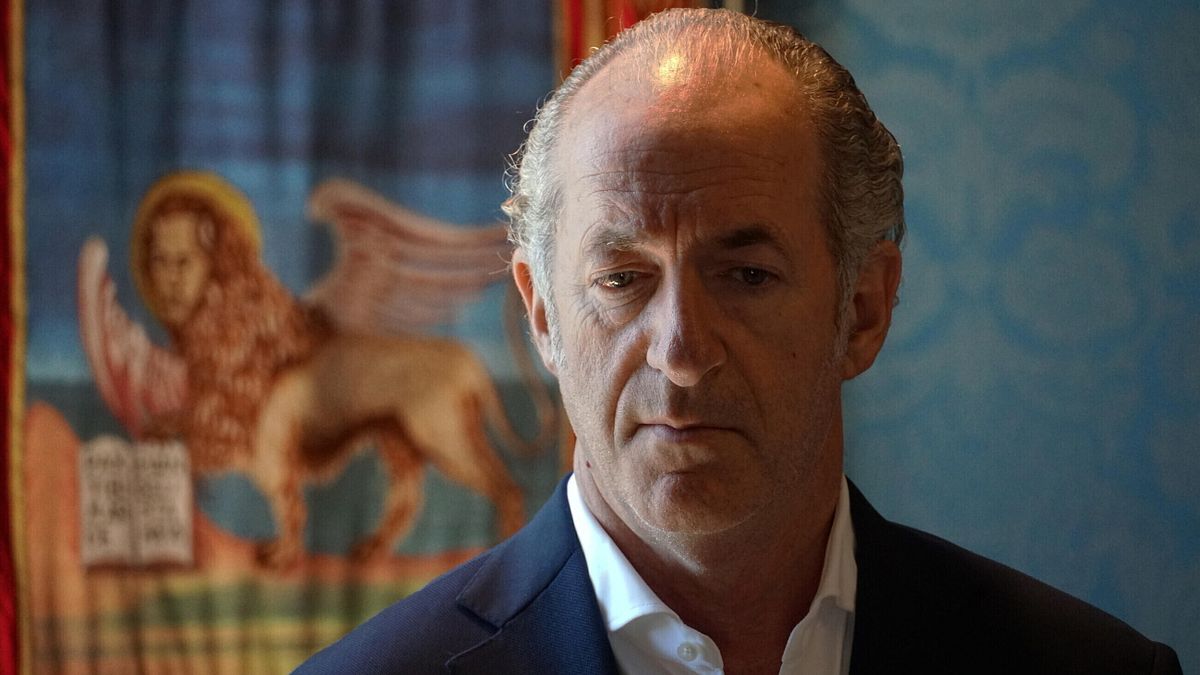It’s time for pumpkins, cups of tea, comfy clothes…and scary stories! That’s good, the incorrigible Beetlejuice returned to theaters a few weeks ago. On the program, of course, the living, the dead and the undead! The opportunity to take an interest in those, very real, who haunt the island of Haiti.
Beetlejuice made an impression with its gothic atmosphere and dark humor. Good news, it’s making a comeback in theaters! The opportunity to explore the offbeat universe of Tim Burton who takes us with him to (re)visit the world of spirits and the living dead… And why not take the opportunity to learn more about the “real” ones, those who haunt Haitian lands!
So, before locking you in the cinema, we’ll take you to the Caribbean, where the myth of the zombie (without an “e”!) takes its roots. In Haiti, the voodoo tradition gives a central place to this strange figure, far from Hollywood clichés. There, being transformed into a zombie is a very real punishment, governed by ancestral rituals.
A ritual between magic, poisoning and popular justice
The zombie is an individual who has undergone a transformation through magico-religious practices linked to voodoo. According to the beliefs and investigations of many doctors fascinated by the multiple reports of people dead and buried, then returning to life which marked the 20th century, the book crossvoodoo priests, use potions containing tetrodotoxin to plunge a person into a state of apparent death.
The tetrowhat? Tetrodotoxin! An extremely powerful neurotoxin present in certain species of fish, including the most famous, the pufferfish – or Fugu. Star of Japanese culinary tradition, this fish must be prepared by qualified cooks who are obliged to taste each plate before offering it to their customers, and for good reason: 20 g of contaminated food is enough to cause the death of an adult!
In Haiti, this toxin is used to punish certain people guilty of serious acts such as rape or murder. The “zombified” person is buried, then removed from their grave to be enslaved, often forced to work on plantations, like a modern slave. Obviously, nothing is legal in this popular justice that the sorcerers are responsible for applying, without pity.
A marginal tradition but still relevant
One of the most famous cases is that of Clairvius Narcissus. In 1962, Narcisse was declared dead and buried. But 18 years later, he reappeared in his village, claiming to have been “zombified” and forced to work under the influence of a bokor! Its carefully documented history has fascinated scientists and the general public. The analysis of his case allowed us to better understand the mechanisms of zombification, both from a chemical and psychological point of view.
Today, the term “zombie” has become an integral part of popular culture, a direct heir of the Haitian zombie with a Western twist, far from the problems of Haitian culture: “The goal is to annihilate their negative force and then, since they are like vegetables, we might as well take advantage of it”details the author of Zombies: Investigation of the Living Dead and forensic pathologist and Philippe Charlier in the columns of New Obs.
While these stories may seem like a thing of the past, zombification remains a reality in some remote corners of Haiti. Although it has become marginal and condemned by Haitian law, it continues to haunt local beliefs and practices. Both feared and respected, they symbolize both the ultimate punishment and the resilience of an age-old tradition that continues to fascinate.


